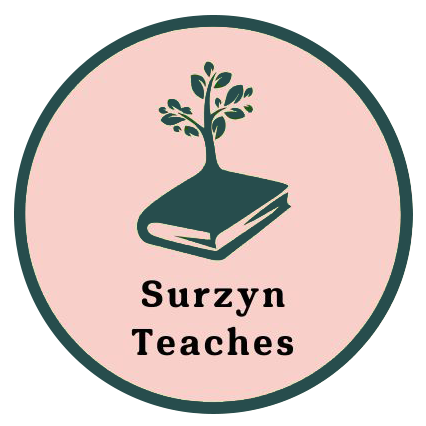This summer I had the incredible opportunity to be a course instructor for a Students Shoulder-to-Shoulder field study to Nepal, and it was one of the most enlightening experiences in my education career: first, for how I much I learned as an educator; second, for how much I witnessed my students learning; and third, for the positive impact we had on the community we were serving.
SStS is a nonprofit organization that focuses on teaching ethical leadership to high school students, while partnering with nonprofit organizations that are doing amazing work to address the many problems we face today. Students, along with instructors, mostly from the US (though my international school, ASFG, in Guadalajara, Mexico has joined the coalition of schools) travel to these locations to work alongside NGOs, learning service and immersing themselves in the local culture while following a curriculum organized around ethical leadership. For example, on my course we worked alongside Small World Nepal, an organization focused on sustainable community development projects, in particular education, as the means to break the cycle of poverty and to prevent sex trafficking and child marriage, based out of Saleri in the Solukhumbu region.







The program and curriculum was the most aligned for what students and the world need right now. I recognize the enormity of that statement, but I would like to support it with five main points:
1. Learning service. Taking action is a perfect antidote to the helplessness that the pandemic and world politics have inspired. Claire Bennett and Daniela Papi in their article “From Service Learning to Learning Service,” (an article that is part of the SStS course curriculum) point out that flipping the concept service learning to learning service, helps students “recognize that to help others, they must be open to changing their own perspective.” This focus on one’s learning, that “personal development and global development are intrinsically linked,” give students a tangible goal to focus on, a countermeasure to the paralysis of enormity. Students spend so much time learning about world issues in classroom settings that when it comes to applying that knowledge, the sheer size of our problems, like the climate crisis, can be anxiety inducing and crippling. However, returning the focus to one’s learning and development really helps students to find their place in our complex world, not to mention taking action alongside credible NGOs.
“I want to do something.”
Student on Nepal course
2. Confidence building. Doing challenging things and succeeding has to be one of the most important ways to build confidence. Every high school student needs to build healthy confidence in order to succeed in the world. The activities we engaged with in Nepal, from carrying sand to the roof to create a concrete seal to cultural exchanges to building a chicken coop to hiking in the Himalayas – all of this pushed students out of their comfort zones and yet, they still succeeded, in the sense that they learned about themselves and the world around them, while building character and most importantly, healthy confidence.









3. Experiential learning is far more effective. SStS’ mission is “to inspire and support generations of ethical leaders” so naturally, the focus of the curriculum is ethical leadership. The way that students kept circling back to ethical leadership as we did our evening reflections, or discussed systems thinking, or talked to the Small World directors, demonstrated to me how effective it is for students to “Experience – Reflect – Think – Act” as explained on The Institute for Experiential Learning site. This experiential learning process connects so perfectly with specific elements of Ethical Leadership, such as “Having Integrity” and “being open to change based on experience.”
4. Social emotional growth. Every educator has observed the impact the pandemic has had on students’ social emotional health. We have seen, from first hand experience, the importance of students spending time with their peers and building healthy relationships in person. Seeing our group in Nepal build a community, using group norms such as encouraging self and others, open communication, empathetic listening and making decisions for the team’s best interest, it was clear they were developing crucial skills for life. In particular, since we were all being pushed out of our comfort zone in a new culture and country, it was very lovely to see students checking in with each other to see if they were doing ok.









5. Ethical leadership. When discussing the SStS curriculum which includes taking action in the future for a better world, one of my students on the course emphatically stated, “I want to do something.” Teaching teenagers about being ethical leaders while working alongside not-for-profit charitable organizations like Small World Nepal, where the directors share stories about how their organization directly saves girls from child marriage and sex slavery, has far more impact than simply teaching it in a classroom. The students on our course developed friendships with girls at the dormitory and were able to empathize with their reality far more than just reading a statistic about how 1500 girls get sold every year in Nepal. Dancing and laughing alongside the girls at Arhaus Children’s Home and recognizing that any one of them could have been sold off, has such an impact on the moral imagination of what great changes future leaders can and should make.

Overall, my biggest takeaways from this experience is to integrate the Ethical Leadership curriculum in and out of the classroom, in particular when discussing potential research topics for essays and organizing learning services projects like TECHO. Further, focusing on students’ social emotional growth is fundamental to creating a healthy society; individuals’ health is part of a community’s health and bringing more compassion and love into the classroom and our schools is key for the monumental changes that need to come in the future.



